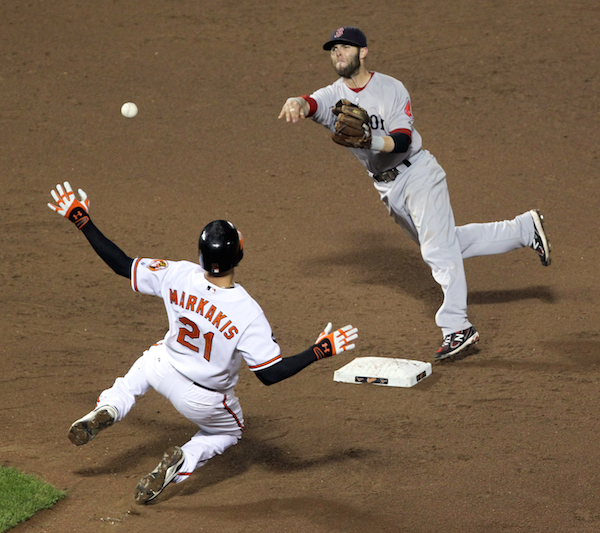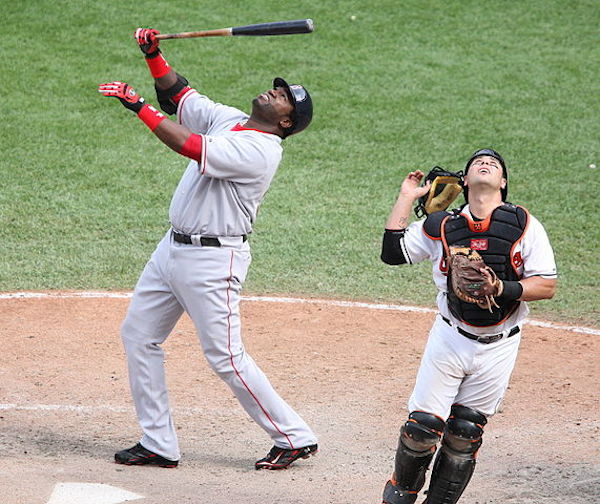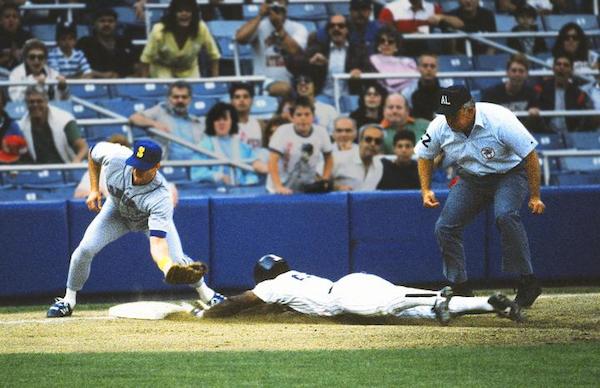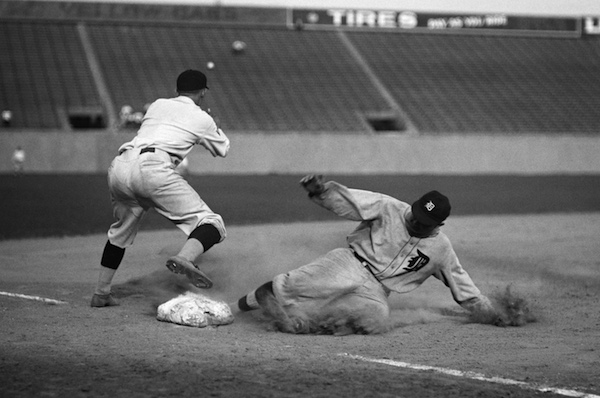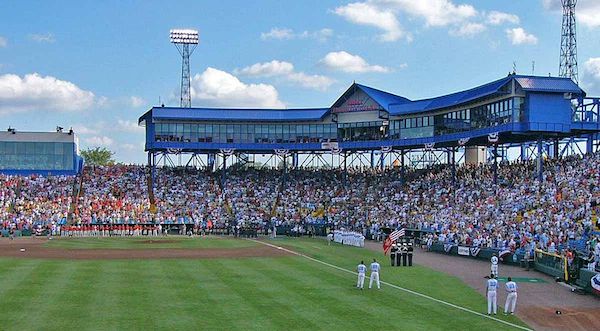Dear Sports Fan,
Beginning baseball fan here, trying to catch up on some of the basic stats in baseball. It seems impossible to follow baseball without knowing these. Can you help? What does the ERA or earned run average stat mean in baseball? How is it calculated?
Thanks,
Sharon
Dear Sharon,
Baseball requires more of its viewers from a statistical standpoint than any other sport. You can group baseball stats into three main categories: basic stats like runs, hits, runs batted in (RBIs) which seek to simply state what happened during a game, advanced stats like BABIP (Batting Average on Balls in Play) or Isolated Power that try to create objective and detailed truthful interpretations out of what happened, and intermediate stats that do limited interpretation. Earned Run Average (ERA) is one of the earliest intermediate stats. The statistic was invented and popularized by Henry Chadwick, a newspaper man and early baseball statistician who died in 1908. So, it’s been around for a long time. At its essence is an attempt to compare the performance of pitchers. The formula for ERA is 9 x Earned Runs Allowed/Innings Pitched. Let’s unpack what that means and why it’s meaningful.
The simplest way of comparing pitchers would be to state how many runs opposing teams scored while a pitcher was playing. There are two key problems with this approach, one obvious, one less so, both of which the ERA statistic attempts to solve. The first and most obvious issue is that pitchers don’t all pitch for the same number of innings or at bats. If you only compared how many runs opponents scored while a pitcher was playing, pitchers who pitch fewer innings would always seem better than those who pitch more. Of course, we know that’s not the case. Usually, if a team wants to win, it plays its best player at every position for as long as it can. So, ERA normalizes the number of innings a pitcher has played by taking the number of runs allowed, dividing by the number of innings pitched, and multiplying by nine. It sounds like fancy mathematical footwork, but all it’s doing is ensuring that a pitcher who allows one run in one inning has the same ERA as a pitcher who allowed nine runs in nine innings or three in three.
The second issue that ERA tries to accommodate is that sometimes a run will score while a pitcher is playing that is not the pitcher’s fault. Let’s create an extreme example that’s theoretically possible even if it’s insanely unlikely. Imagine that a batter hits a weak little pop fly ball directly to the third baseman. He should be able to catch it easily and get the batter out. Instead, he gets distracted by a tasty-looking plate of nachos in the stands and instead of catching the ball, he lets it hit him on the head. It knocks him out and as he falls to the ground, the ball somehow manages to slide down his shirt. His teammates are torn – provide medical aid, find the ball, or stare at the nachos. They stare at the nachos. All the while, the player who hit the ball is tearing around the bases, running like the wind. Before the ball can be found, the running goes all the way around for an in-the-park home run. Sure, it’s a run, but is it really the pitcher’s fault? If we’re trying to compare the performance of one pitcher against another, should we really take it into account? ERA says “no.” In order for a run to be included in the ERA metric, it must be an “earned run” that is not the result of an error or series of errors on the part of the pitcher’s teammates. In addition to errors, a pitcher is not responsible for the runs scored by base runners who were already on base when the pitcher entered the game. This means that if a relief pitcher comes into the game with two men on base and then gives up a home run, he’ll only have one of the three runs go into his ERA formula. The other two will go into the previous pitcher’s ERA total.
ERA seems like a pretty neat statistic and it’s certainly passed the test of time. It’s been a key statistic in baseball for over 100 years. It’s not perfect by any means though. It’s key problem is that, while it does a good job at reflecting the outcomes for pitchers during a previous period, it’s not good at predicting the future. A pitcher with a good ERA this year is not much more likely to have a good ERA next year than a player with a bad ERA this year. This is because, despite weeding out errors, ERA still judges a pitcher for many things which aren’t under his or her control. For example, a pitcher who plays for a team with an extraordinary outfield may benefit from their ability to get to difficult fly balls. If that pitcher switches teams to a team with an average outfield, his ERA is probably going to fall. Situations like our example above, where a relief pitcher came into the game with two men on base, happen often in baseball. A starting pitcher’s ERA is to some extent at the mercy of the relief pitchers that replace him.
Many new advanced stats have been created to improve upon or replace ERA but for now, it’s still an integral, commonly used statistic.
Good luck and thanks for reading,
Ezra Fischer




